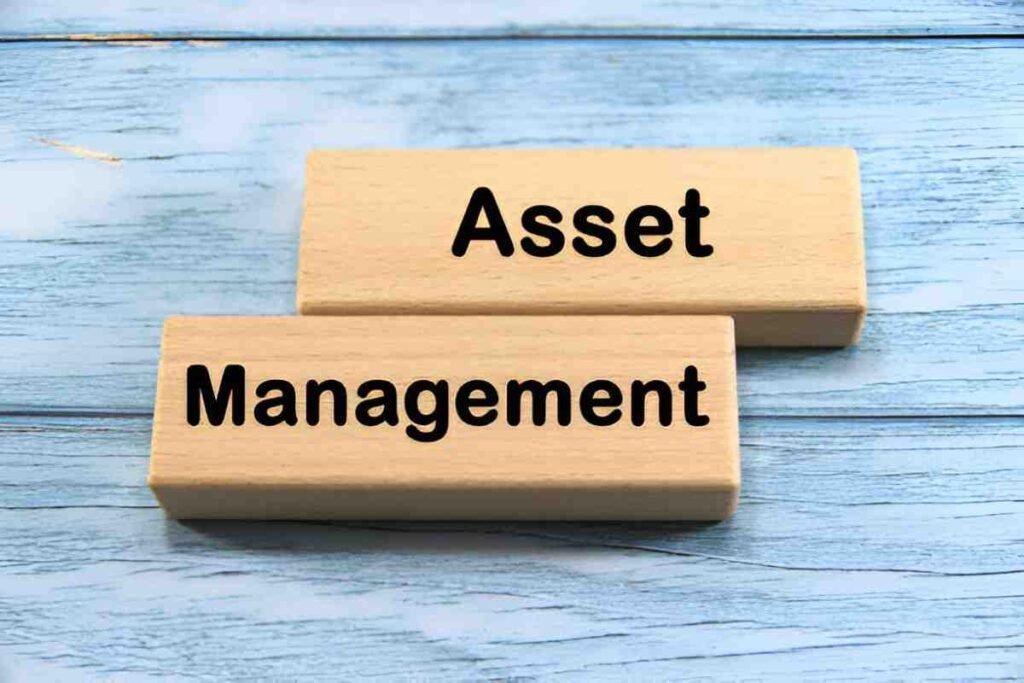The financial landscape has shifted. We no longer live in a world where markets follow smooth, predictable patterns. Instead, we face a bimodal distribution of outcomes—where extreme events dominate, and traditional risk models fall short. As an investor, I must adapt. This article explores how asset allocation and risk management evolve in this new reality.
Table of Contents
Understanding the Bimodal World
A bimodal distribution has two distinct peaks, representing two dominant scenarios. In finance, this means markets no longer cluster around an average return but instead gravitate toward extreme outcomes—either sharp rallies or severe crashes. The COVID-19 pandemic, geopolitical tensions, and rapid monetary policy shifts have amplified this effect.
Mathematically, a bimodal return distribution can be represented as:
f(x) = w \cdot N(\mu_1, \sigma_1^2) + (1-w) \cdot N(\mu_2, \sigma_2^2)Where:
- N(\mu, \sigma^2) is a normal distribution with mean \mu and variance \sigma^2
- w is the weight of the first distribution
- The two peaks (\mu_1 and \mu_2) represent divergent market regimes
Why Traditional Models Fail
Modern Portfolio Theory (MPT) assumes returns follow a normal distribution. But in a bimodal world, fat tails and clustered volatility break this assumption. The 2008 financial crisis and 2020 market crash showed that correlations between assets spike during stress, reducing diversification benefits.
Rethinking Asset Allocation
1. Dynamic Over Static Allocation
Instead of a fixed 60/40 stock-bond split, I now favor regime-based allocation. This means adjusting exposure based on market conditions. For example:
| Market Regime | Equity Allocation | Bond Allocation | Alternative Assets |
|---|---|---|---|
| Low Volatility | 70% | 20% | 10% |
| High Volatility | 40% | 40% | 20% |
2. Incorporating Tail Hedges
Nassim Taleb’s “Black Swan” theory reminds us to protect against extreme events. I use:
- Put options on broad indices
- Gold as a crisis hedge
- Managed futures (trend-following strategies)
The cost of hedging can be quantified as:
C = P \cdot e^{-rT} \cdot N(-d_2) - S \cdot N(-d_1)Where:
- C is the put option price
- P is the strike price
- S is the current asset price
- r is the risk-free rate
- T is time to expiration
3. Factor Investing in Bimodal Markets
Certain factors perform better in different regimes:
| Factor | Performs Best In | Example ETF |
|---|---|---|
| Low Volatility | High-stress periods | USMV |
| Momentum | Trending markets | MTUM |
| Value | Recovery phases | VTV |
Risk Management Strategies
1. Volatility Targeting
Instead of fixed weights, I adjust positions based on volatility. If equity volatility (\sigma) rises, I reduce exposure to maintain a constant risk level:
w_{adj} = w_0 \cdot \frac{\sigma_0}{\sigma_t}Where:
- w_{adj} is the adjusted weight
- \sigma_0 is the target volatility
- \sigma_t is current volatility
2. Scenario Analysis
I simulate two extreme outcomes (boom and bust) rather than relying on average returns. For example:
| Scenario | S&P 500 Return | 10Y Treasury Yield | Portfolio Impact |
|---|---|---|---|
| Boom | +30% | 5% | +18% |
| Bust | -40% | 1% | -12% |
3. Liquidity Reserves
In a crisis, liquidity dries up. I keep 10-15% in cash or short-term Treasuries to avoid forced selling.
Behavioral Pitfalls in Bimodal Markets
Investors tend to:
- Overreact to short-term swings
- Underestimate tail risks
- Chase performance after a regime shift
I combat this by pre-committing to rules (e.g., rebalancing thresholds) and avoiding emotional decisions.
Final Thoughts
The bimodal world demands flexibility, robust hedging, and dynamic risk management. I no longer assume “average” returns will save me—instead, I prepare for both extremes. By adapting asset allocation and risk frameworks, I navigate uncertainty with greater confidence.




